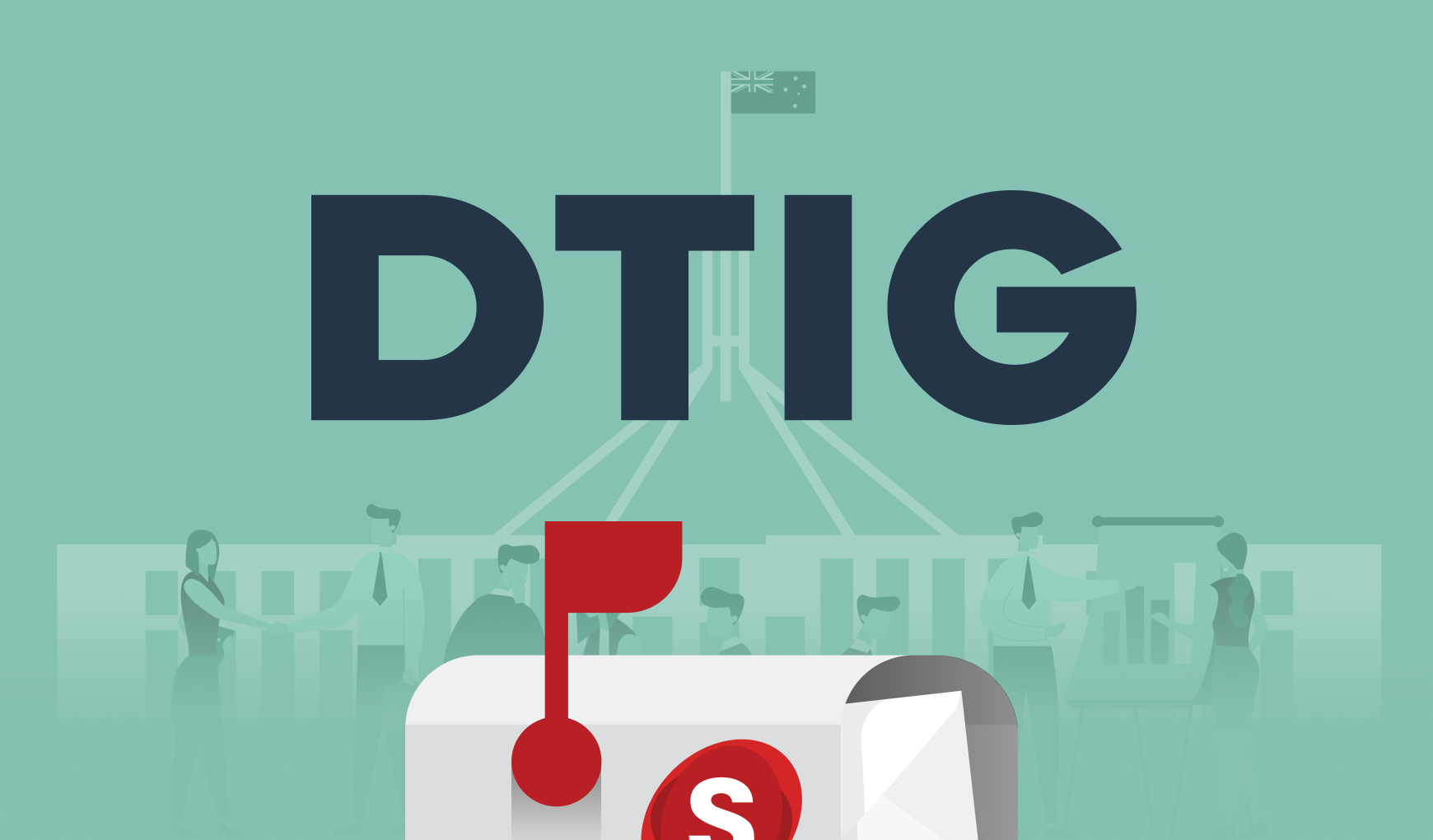The DTA roadmap
The Digital Transformation Agency (DTA) recently launched a that covers all the initiatives and projects that are part of the DTA’s overall strategy execution up to 2025.
The strategy itself focuses on three priority areas:
Government that's easy to deal with
Government that's informed by you
Government that's fit for the digital age
The roadmap overlays specific deliverables and projects into each of these three priority areas and includes past, present and future projects/deliverables up until 2019/2020. Below is a summary of the roadmap.
Government that’s easy to deal with
Under this priority area, there are many items listed as already completed, such as MyTax, Naplan Online, online passport application, business permits and centralised information on starting a business.
There are 37 deliverables for July 2018–June 2019, with many related to digital identity. Some of the projects/deliverables are:
Digital identity for My Health Record, NewStart Allowance, Youth Allowance, TFT applications and others
Digitising household surveys
Expanded portal for veterans
Virtual assistants for myGov and welfare support
ATO Online
Business Registration Online
An online check for trademarks and web domains
There are 14 deliverables for July 2019–June 2020, including:
Health delivery modernisation project
New online tool for aged care services
A new portal for students to view their loans
Improved biosecurity at Australia’s borders
Online tool for film classifications in Australia
Currently, only two future goals (past 2020) are listed for the ‘Government that’s easy to deal with’ priority. They are an eCensus and a new interface for providers of the Adult Migrant English Program (AMEP).
Government that's informed by you
Under this priority area, there are also many items listed as already completed, such as the ICT dashboard, open data deliverables, and the virtual assistant, Alex.
There are only four deliverables for July 2018–June 2019. They are:
The Data Integration Partnership Australia (DIPA) to help data integration and analysis across the Australian public sector
A Data Sharing and Release Bill to encourage sharing of public data within the public sector
A national data commissioner to oversee the public data system
Changes to myService to automate claim decisions for veterans
There are also four deliverables for July 2019–June 2020. They are:
Data visualisation to monitor policies and services
A data sharing and release framework
Data sharing and ICT improvements to make health info and statistics more readily available (and therefore usable)
Enhancements to business.gov.au to make it easier to access information on events, contracts and grants
Currently, there are no future goals past 2020.
Government that's fit for the digital age
Again, there are many items listed as already completed under this priority. Projects already delivered include the Digital Service , an analysis of blockchain, in-house agile capabilities and the Digital .
There are 14 deliverables for July 2018–June 2019, including:
An API standard to integrate platforms in line with the platform strategy
A digital sourcing framework to help government buy digital products and services
Improvements to the Digital Service Standard
The Leading Digital Transformation program that will help agencies transform and drive a digital culture
Secure cloud infrastructure and services
A defence innovation hub to foster collaboration between Defence, industry, academia and research institutions, focusing on developing innovative technological solutions
There are also two deliverables for July 2019–June 2020. They are:
Improved governance through whole-of-government portfolio management
Life-cycle planning to deliver value for money and reduce risks
Currently, there are no future goals past 2020.
Salsa Digital’s take
We’re excited about these changes and the whole-of-government approach to delivering a more digitally enabled nation. While specific projects of the roadmap are only fleshed out for the next two years, this is indicative of the changing digital landscape...technology moves fast. Keeping the focus on the three strategic priorities will ensure that the roadmap can change and grow as necessary, to meet the overarching strategic direction.
The Mandarin has produced a great analysis of the roadmap and what its deliverables mean for Australia — see Tom Burton’s article: Government is about to change, big . Burton also identifies what needs to happen for the DTA to deliver on the roadmap. For example, he highlights the need for the DTA to have control over budgets, policy and program design. It will be interesting to see how these areas are dealt with going forward.

